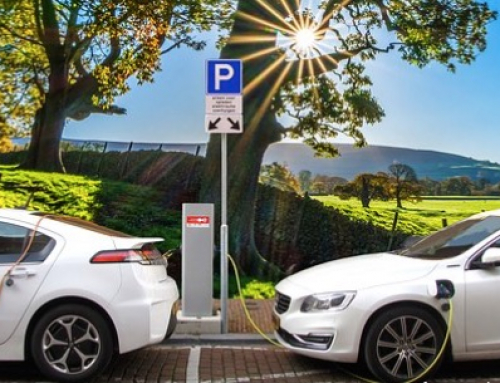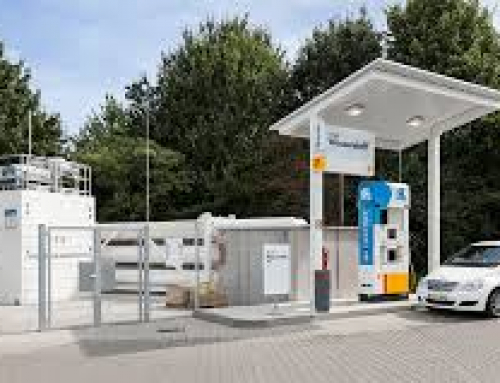By Julian Singer
On 19 October Ceres Power announced that it had expanded its strategic collaboration with the South Korean conglomerate Doosan. The original agreement in July 2019 consisted of licensing, technology transfer and engineering services for Ceres’s SteelCellTMsolid oxide fuel cell (SOFC). Apparently this has gone well, as in the new agreement Doosan will build a facility in collaboration with Ceres capable of manufacturing 50MW of the latters SOFCs by 2024. The deal is estimated to be worth £36 million over 3 years to Ceres with an additional £7m dependent on meeting key performance indicators and the prospect of royalties on future fuel cell sales.
Doosan already claims to be the world leader in the stationary fuel cell market with annual sales of £350m. It is strongly supported by the South Korean government who have set ambitious targets for the use of hydrogen and fuel cell technology (16GW by 2040). Ceres have thus done well to get a foothold in this market.
The agreement with Doosan is typical of the way that Ceres has built its business, which is by forming and developing strategic partnerships with Original Equipment Manufacturers (OEMs). Starting five years ago it has built up solid relationships with Bosch, Weichai and Miura as well as Doosan. Bosch and Weichai have also taken a substantial proportion of Ceres’s shares, 20 per cent in the case of Weichai and 18 per cent for Bosch.

www.ceres.tech
Bosch manufactured its first SteelCells this year. These are being used to provide power for each of the company’s locations, with the aim that these should leave no carbon footprint by the end of the year. In the longer run Bosch estimates that the market for fuel cell power stations will be worth more than €20 billion by 2030.
Weichai, the Chinese state-owned engine manufacturer, has developed a large (30kW) SteelCell prototype to be used as a range extender for electric buses. Coronavirus caused some delays at the beginning of 2020 but testing is now back on track. If the results are satisfactory Weichai will establish a facility in Shandong Province to manufacture fuel cell stacks for buses and commercial vehicles.
Miura, a Japanese technology conglomerate, launched a combined heat and power (CHP) product for commercial buildings using Ceres’s technology in October 2019. Japan is by far the largest market for such micro-CHP systems.
Ceres’s system of building strategic partnerships not only reduces investment in expensive manufacturing equipment but gives it three bites at the cherry: initially it shares its intellectual property, for which it receives a license fee, and sells some fuel cells built at its facility in Horsham, West Sussex. The partner then needs help in understanding and developing the technology, for which Ceres provides engineering services. These continue while the partner builds its own prototypes and manufacturing facility. Finally once the end product is sold commercially Ceres will receive royalties. Currently Ceres’s revenue is split approximately evenly between engineering services, fuel cell supply and licence fees. So far there have been no royalties, but in three to four years time these should become significant.
For large companies to enter into these partnerships Ceres must have a superior product. As fuel cells go the SteelCell is relatively low cost, efficient and robust, but its most striking advantage is that, unlike other fuel cell technologies, it does not require pure hydrogen. With suitable pre-processing it can handle natural gas (methane, CH4), ammonia (NH4), biogas (methane and CO2) or hydrogen blends. (Of course with methane and some hydrogen blends CO2 will be released, making it no longer a pure green product.)
To date Asia has led the way in the use of hydrogen for energy. In the Prime Minister’s recent ten-point plan for a Green Industrial Revolution the UK aims to produce 5GW of low carbon hydrogen production by 2030. While it seems that much of this will come for steam reforming methane, some will come from electrolysis. To this end Ceres are in the early stages of testing a solid-oxide electrolyser, essentially running the SteelCell in reverse to produce electricity.
Ceres reported its results for the 12 months to the end of June on the 30 September. Revenue was up by 21 per cent at £19.9m (2019 for same period: £16.4m). However losses were also up at £7.3m (2019: £4.8m), partly due to one off costs and partly due to work on the electrolyser. Cash and short-term investments amounted to a hefty £108m on 30 June (2019: £71m).
In sum Ceres has a healthy balance sheet with good prospects. The share price has surged from 270p at the start of the year to 869p today.




